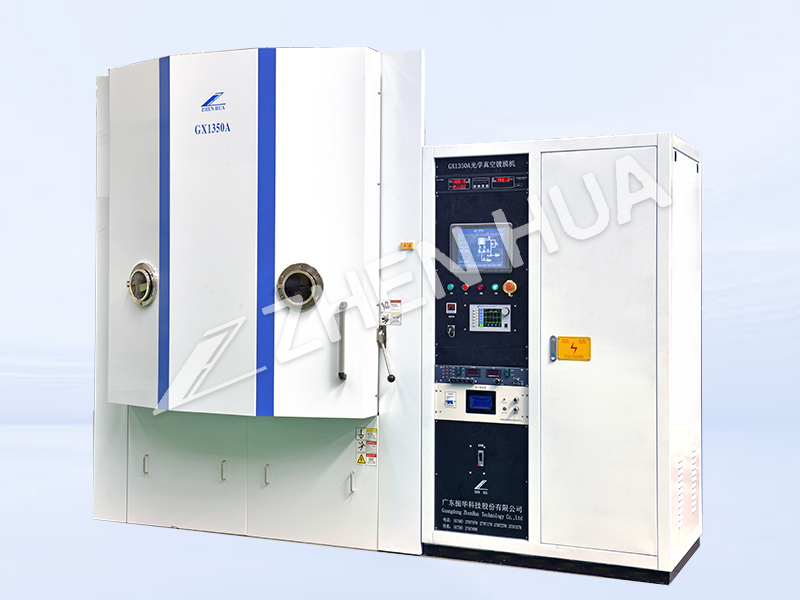Ion beam assisted deposition technology is the ion beam injection and vapor deposition coating technology combined with ion surface composite processing technology. In the process of surface modification of ion injected materials, whether semiconductor materials or engineering materials, It is often desired that the thickness of the modified layer is much greater than that of the ion implantation, but also want to retain the advantages of the ion injection process, such as the modified layer and the substrate between the sharp interface, can be processed at room temperature workpiece, and so on. Therefore, by combining ion implantation with coating technology, ions with a certain energy are continuously injected into the interface between the film and the substrate while coating, and the interfacial atoms are mixed with the help of cascade collisions, forming an atom mixing transition zone near the initial interface to improve the bonding force between the film and the substrate. Then, on the atom mixing zone, the film with the required thickness and properties continues to grow with the participation of the ion beam.
This is called Ion Beam Assisted Deposition (IBED), which retains the characteristics of the ion implantation process while allowing the substrate to be coated with a thin film material that is completely different from the substrate.
Ion beam assisted deposition has the following advantages.
(1) Since ion beam assisted deposition generates plasma without gas discharge, coating can be performed at a pressure of <10-2 Pa, reducing gas contamination.
(2) The basic process parameters (ion energy, ion density) are electrical. Generally do not need to control the gas flow and other non-electrical parameters, you can easily control the growth of the film layer, adjust the composition and structure of the film, easy to ensure the repeatability of the process.
(3) The surface of the workpiece can be coated with a film that is completely different from the substrate and the thickness is not limited by the energy of the bombardment ions at low temperature (<200℃). It is suitable for surface treatment of doped functional films, cold machined precision molds and low temperature tempered structural steel.
(4) It is a non-equilibrium process controlled at room temperature. New functional films such as high-temperature phases, substable phases, amorphous alloys, etc. can be obtained at room temperature.
The disadvantages of ion beam assisted deposition are.
(1) Because the ion beam has direct radiation characteristics, it is difficult to deal with complex surface shape of the workpiece
(2) It is difficult to deal with large-scale and large-area workpieces due to the limitation of the size of the ion beam stream.
(3) The ion beam assisted deposition rate is usually around 1nm/s, which is suitable for the preparation of thin film layers, and is not suitable for the plating of large quantities of products.
–This article is released by vacuum coating machine manufacturer Guangdong Zhenhua
Post time: Nov-16-2023


